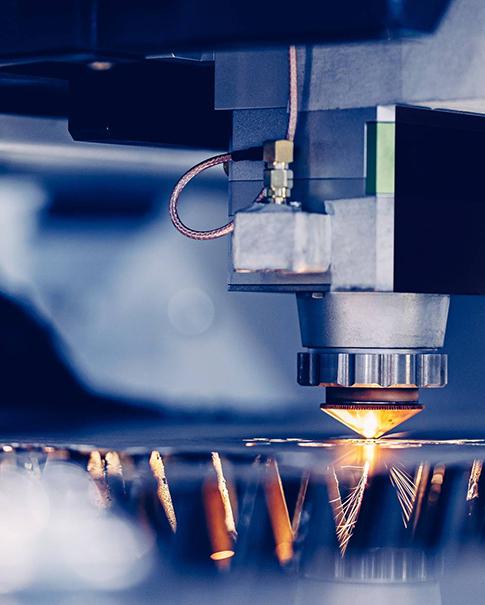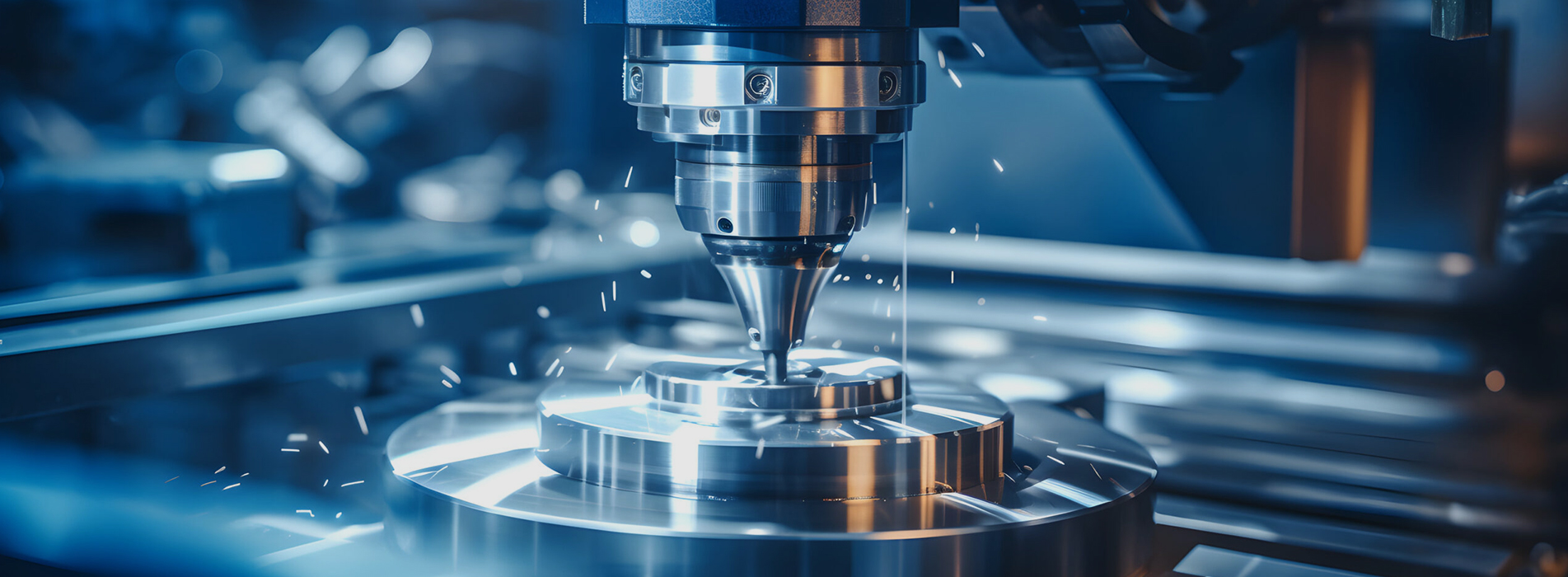¿QUÉ ESTÁS BUSCANDO?
Búsquedas populares :
Servicio de micromecanizado de piezas mecanizadas CNC. servicios de mecanizado personalizados mecanizado CNC OEM personalizado Mecanizado rápido de prototipos CNC personalizados de piezas de acero inoxidable Servicio de tuning/fresado CNC de alta precisión. servicios de mecanizado personalizados mecanizado cnc con certificación ISO Piezas de fresado de torneado de precisión Servicio de mecanizado de aleación de titanio¿QUÉ ESTÁS BUSCANDO?
Búsquedas populares :
Servicio de micromecanizado de piezas mecanizadas CNC. servicios de mecanizado personalizados mecanizado CNC OEM personalizado Mecanizado rápido de prototipos CNC personalizados de piezas de acero inoxidable Servicio de tuning/fresado CNC de alta precisión. servicios de mecanizado personalizados mecanizado cnc con certificación ISO Piezas de fresado de torneado de precisión Servicio de mecanizado de aleación de titanio














 SUSCRÍBETE A NUESTRO BOLETÍN
SUSCRÍBETE A NUESTRO BOLETÍN






